Bolt Products has been a leading supplier of a variety of fasteners, including industrial, mil spec, metric, stainless steel, plastic and high strength fasteners, since 1947. We offer a complete line of high-quality, industrial fastening products to customers around the world.

With more than 130,000 commercial and industrial grade fasteners in inventory, our wide distribution network is positioned to get you the parts you need fast. Whether we’re keeping your bins full with a Vendor Managed Inventory Program or rushing emergency replacement parts with 24-hour on-call service, you’ll know that we’ve got you covered. Our HQ’s quality system is certified to AS9120 ...

At Hi-Tech Fasteners, Inc., we specialize in providing comprehensive solutions for bolts tailored to meet the diverse needs of our valued clientele. With decades of experience and expertise in the field of fastener distribution, we have established ourselves as a trusted leader known for our commitment to quality, innovation, and customer satisfaction. Our product portfolio encompasses a wide...

Manufacturer of fasteners, custom hardware and precision machined components of industrial, aerospace, power generation, petrol-chemical, military, nuclear and commercial applications. Among our industrial bolt offerings are heavy hex bolts, finished hex bolts and oval neck track bolts.

More Industrial Bolt Manufacturers
Bolts, which are extremely versatile, can be categorized as hex bolts, T-head bolts or toggle bolts. These broad groupings are used to narrow down the specific type of bolt needed as there are dozens of possibilities.
Anchor bolts, U bolts, J bolts, eye bolts, lag bolts and expansion bolts name just a few members in the vast family of industrial bolts. The many options are due not only to the efficiency of bolt use, but also the many different applications and industries in which they are employed. Military, aerospace, construction, masonry, locomotive, mining, civil engineering, automotive, petrochemical, nuclear and architectural industries utilize high grade bolts.
Specific uses range from securing factory floor equipment to supports for bridge construction. While most bolts are made of steel alloys, it is important to consider the bolt material as well as that of the adjoined surfaces when selecting a bolt. Other considerations include bolt length, shank length, diameter, threads per inch, grade and corrosion resistance. As industrial bolts often encounter chemical, environmental and high pressure stresses, zinc and cadmium plating are often added to even the most durable base materials in order to prolong the working life and stability of a bolt.
Most industrial bolts are comprised of two to three components, the rod, threading, shaft and head. Nuts and flanges are not bolt components, but rather additional hardware frequently used in conjunction with them to help create a secure clamp. The rod of the bolt is the long cylindrical element that is threaded either fully or partially, with any unthreaded segment being referred to as the shaft or shoulder. On a stud bolt, for example, the shaft section is in the middle with threading on either end. Though stud bolts are not, some bolts may be tapered at the threaded end. The top of the bolt is referred to as the head. Bolt heads can be square, flat, rounded, oval or hexagonal as with hex bolts.
In addition to shape, heads can be categorized by type. Binding, truss, holt, one-way, washer and undercut are common head designations. The head is also important as the markings on it show the grade or strength of the bolt. Six radial lines, for example, signifies grade 8 bolts, which is the minimum strength rating for most industrial bolts. No matter the grade, the manufacturing process used to create industrial bolts begins with a steel, bronze, titanium, aluminum, brass or other durable metal wire rod which is heated consistently for an extended period of time. At this point all rust particles are removed. If needed, the metal is coated for added protection.
Cold forging is then used to shape the rod at room temperature. The metal is forced through dyes at a high pressure to be shaped into long perfectly round rods. Once cut down to the desired length, a second dye shapes the head of the bolt if one is required. Cold forging using high pressure rollers is then used to press in the thread pattern for a pre-determined segment of the bolt. The finished industrial bolt is then ready for use in a variety of applications.





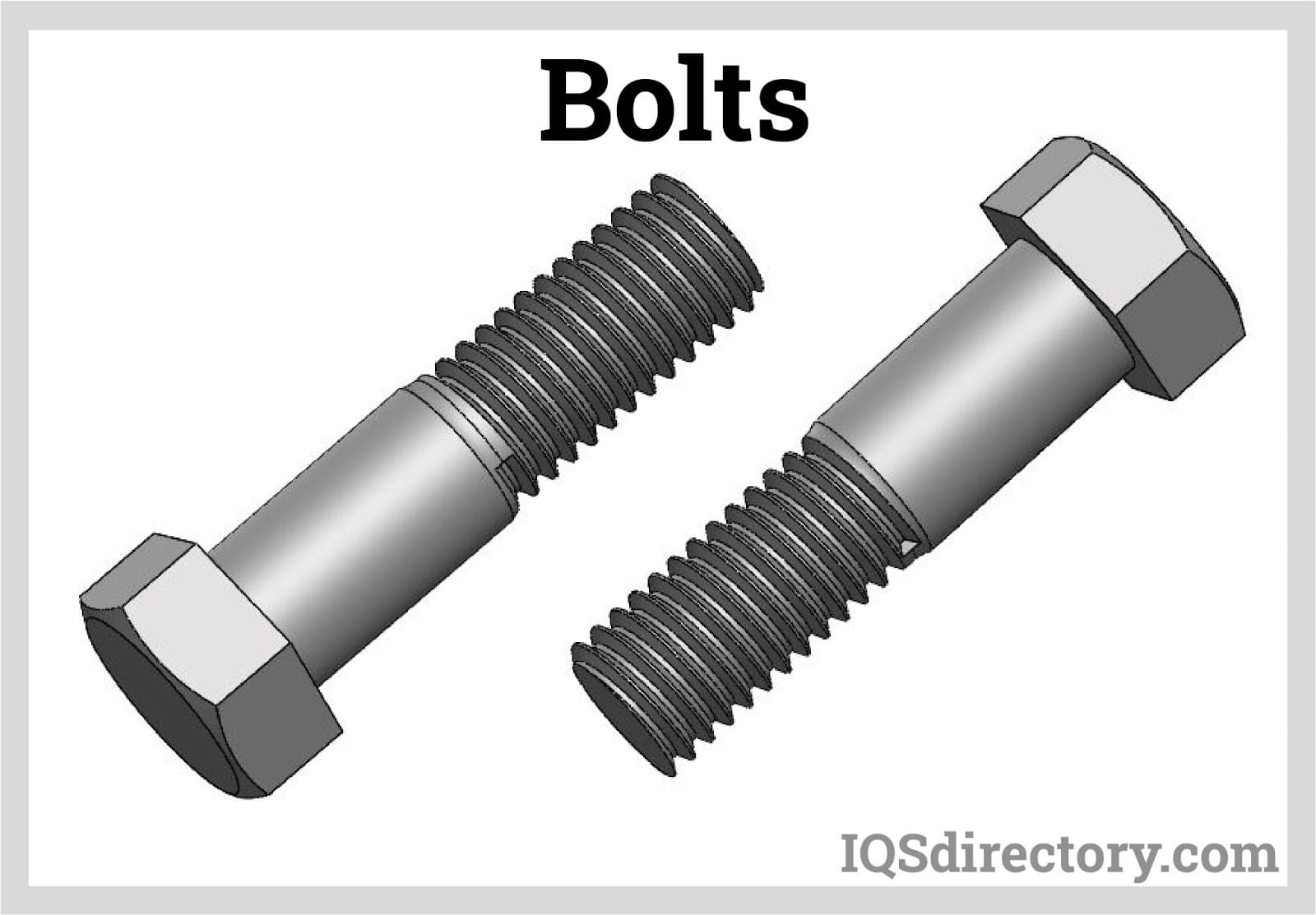
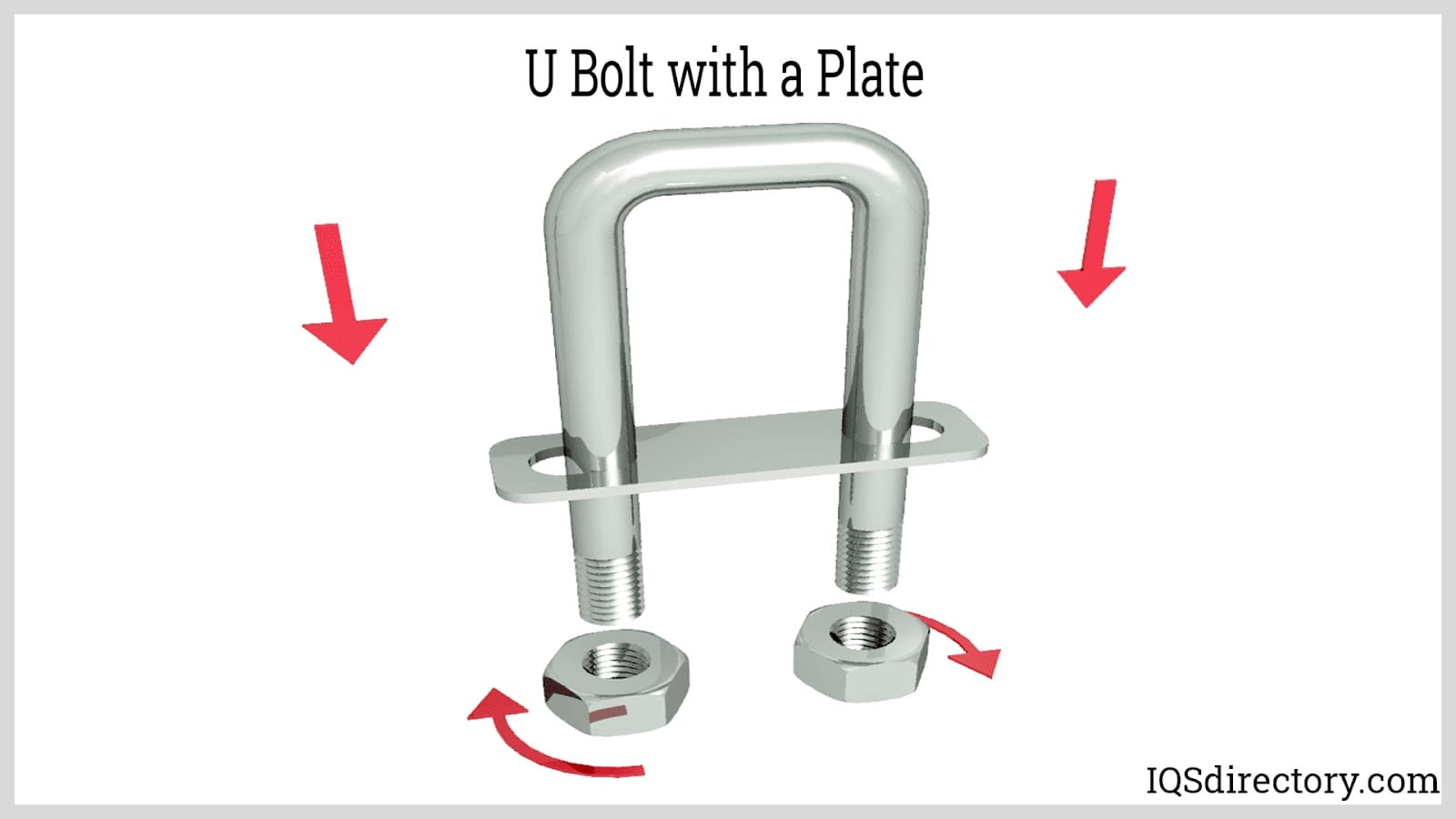
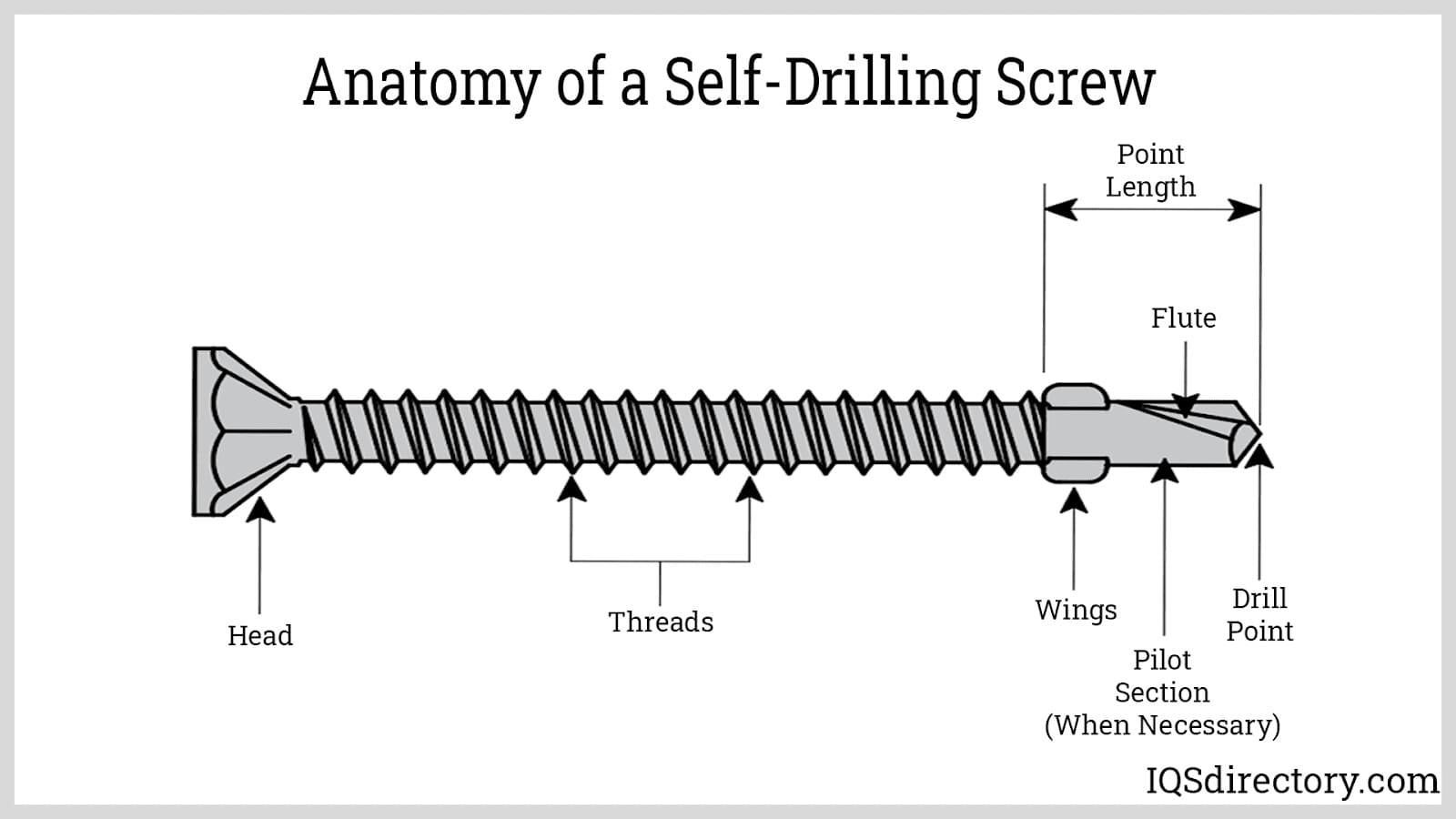
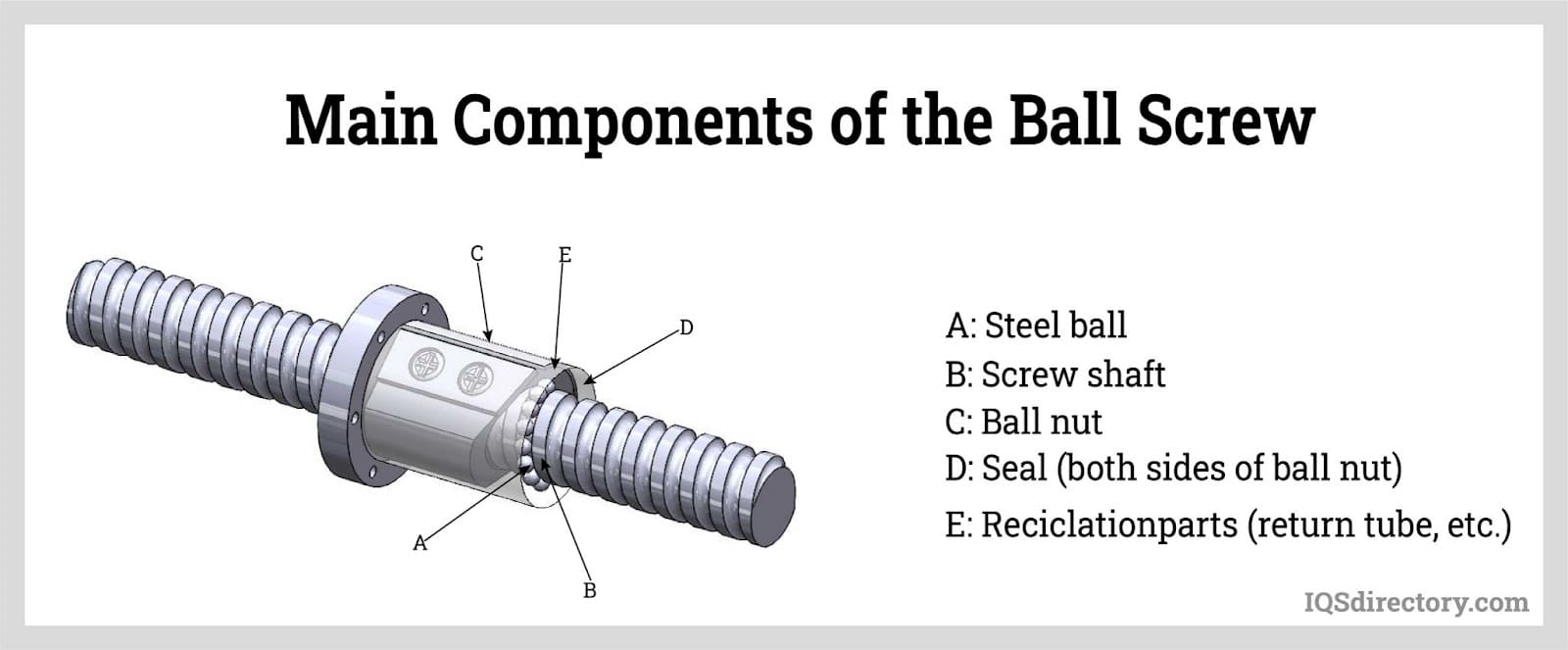
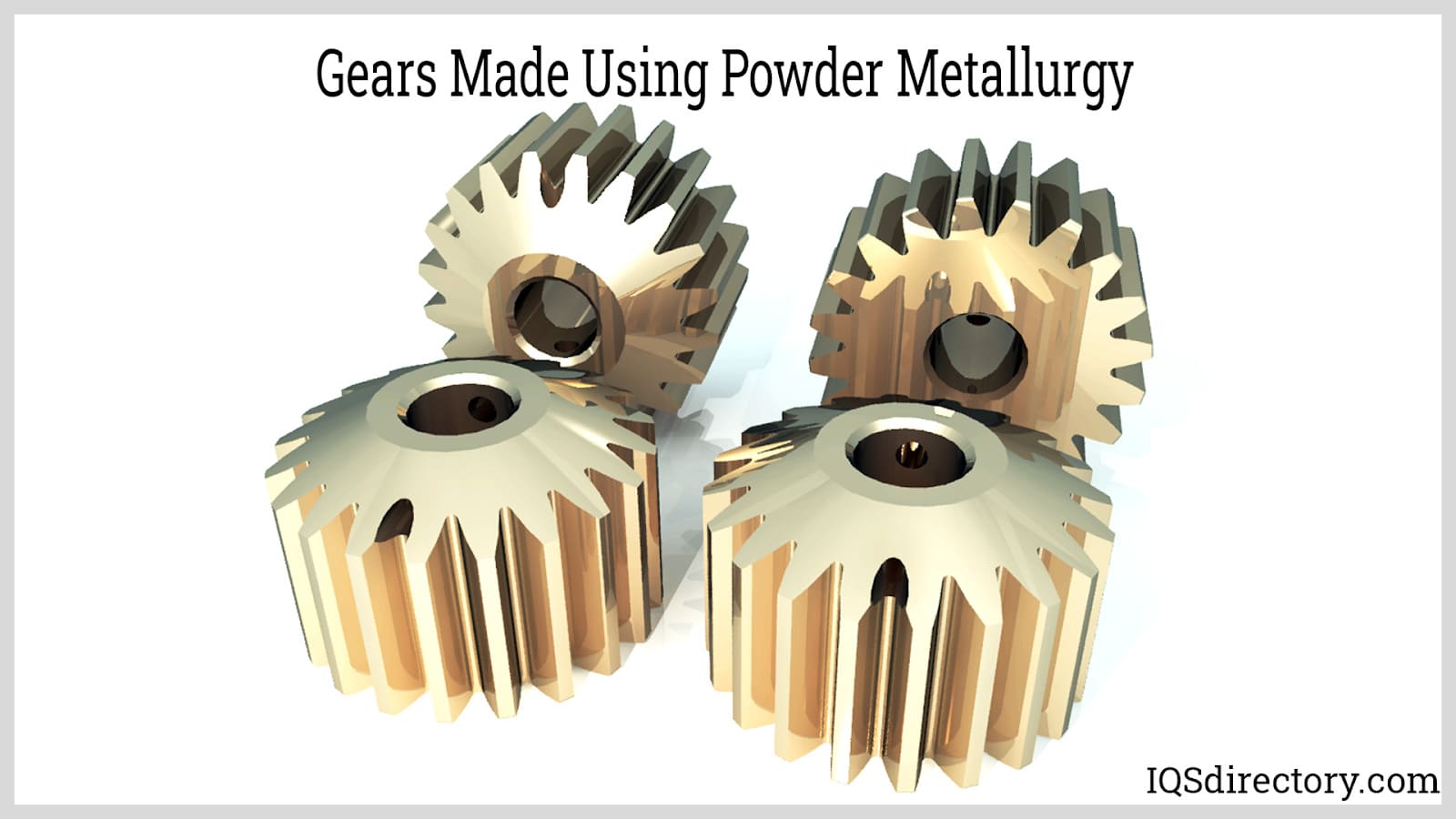
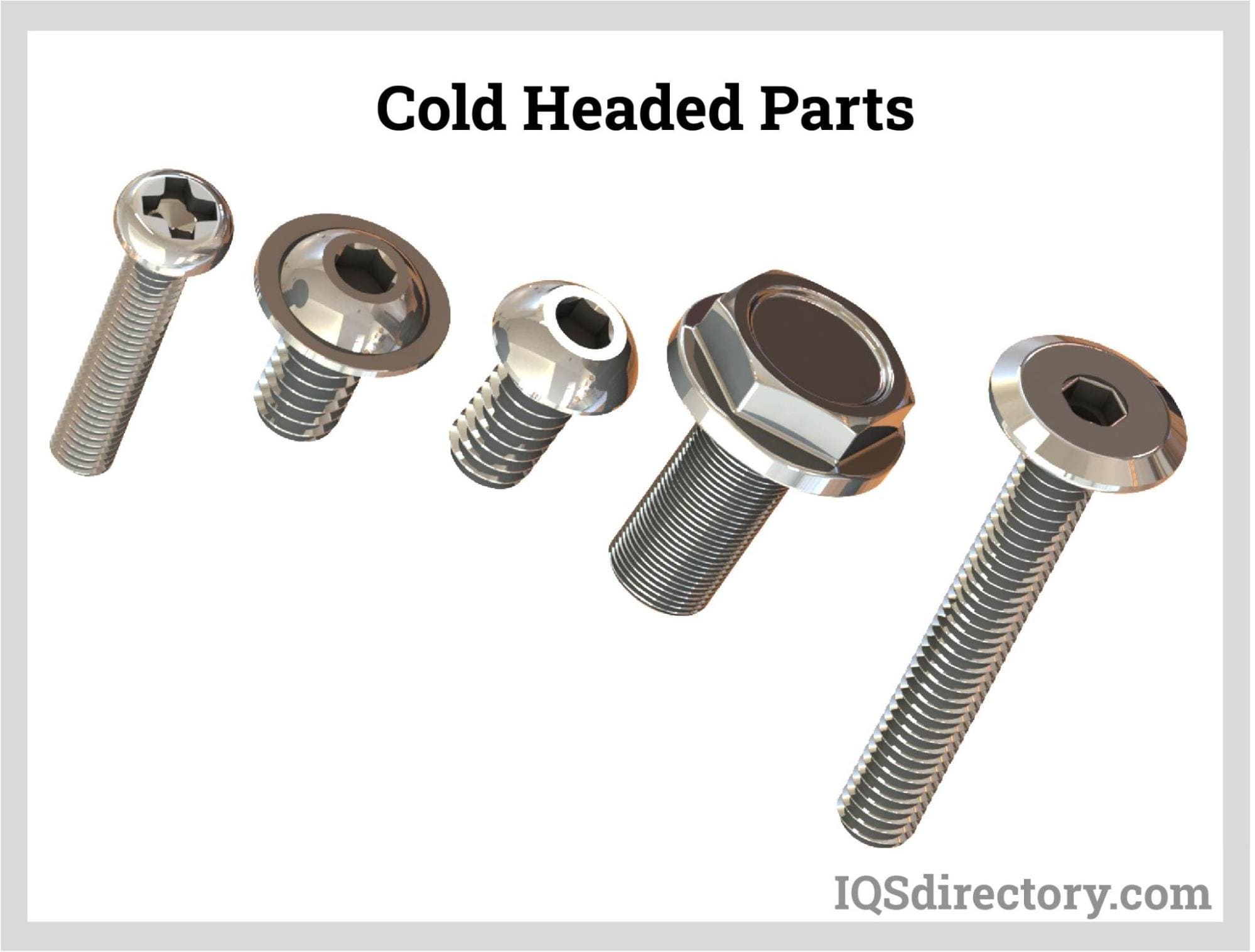
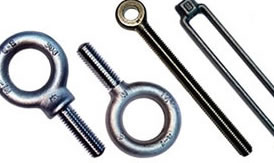 Bolts
Bolts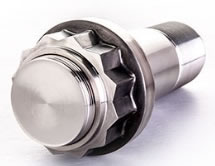 Fasteners
Fasteners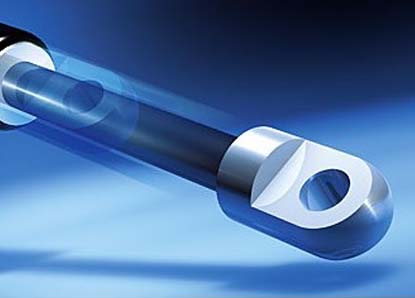 Gas Spring
Gas Spring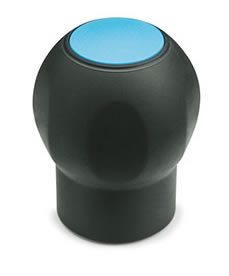 Handles
Handles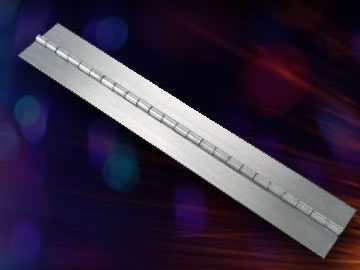 Hinges
Hinges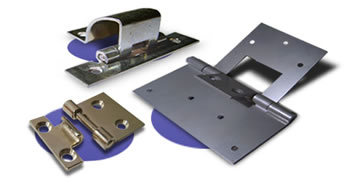 Latches
Latches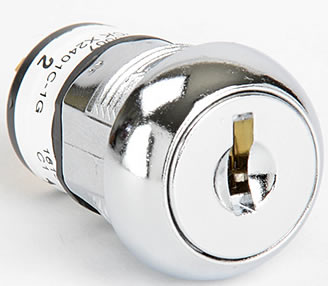 Locks
Locks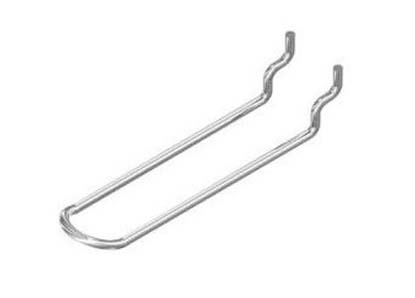 WIre Hooks
WIre Hooks Castings & Forgings
Castings & Forgings Bulk Material Handling
Bulk Material Handling Electrical & Electronic Components
Electrical & Electronic Components Flow Instrumentation
Flow Instrumentation Hardware
Hardware Material Handling Equipment
Material Handling Equipment Metal Cutting Services
Metal Cutting Services Metal Forming Services
Metal Forming Services Metal Suppliers
Metal Suppliers Motion Control Products
Motion Control Products Plant & Facility Equipment
Plant & Facility Equipment Plant & Facility Supplies
Plant & Facility Supplies Plastic Molding Processes
Plastic Molding Processes Pumps & Valves
Pumps & Valves Recycling Equipment
Recycling Equipment Rubber Products & Services
Rubber Products & Services